1. Understanding Tooth Decay and Its Impact on Oral Health
Tooth decay is one of the most common dental issues that affect people worldwide. It occurs when bacteria in the mouth produce acids that erode the enamel on your teeth, leading to cavities and potentially more serious complications. If left untreated, tooth decay can cause oral infections that may spread to other parts of your mouth, including the gums and jawbone. These infections can be painful and, in severe cases, require more intensive treatment, such as root canals or tooth extractions.
Understanding the relationship between tooth decay and oral infections is key to preventing and treating these issues before they worsen.
2. Recognizing the Symptoms of Oral Infections
Oral infections caused by tooth decay can manifest in various ways. It’s crucial to recognize the symptoms early so that you can take action to prevent the infection from spreading further.
2.1 Pain and Sensitivity
One of the first signs of an oral infection is pain or sensitivity in the affected tooth. You may experience discomfort when eating or drinking, particularly with hot or cold foods. The pain can range from mild to severe, depending on the extent of the infection.
2.2 Swelling and Redness
Infected gums often appear swollen and may bleed when brushed or touched. This swelling is a result of inflammation caused by the infection, and it’s typically accompanied by redness in the gum tissue around the affected tooth.
2.3 Bad Breath and Unpleasant Taste
As bacteria grow and multiply in an infected area, they can cause a foul odor in your mouth, leading to persistent bad breath (halitosis). You may also notice an unpleasant taste in your mouth, even after brushing your teeth.
If you notice any of these symptoms, it’s essential to seek treatment as soon as possible to prevent the infection from becoming more serious.
3. Effective Treatments for Oral Infections Caused by Tooth Decay
There are several treatment options available for addressing oral infections caused by tooth decay. The right treatment will depend on the severity of the infection and the extent of tooth damage. Here are some of the most common treatments:
3.1 Professional Dental Care
If you have an oral infection due to tooth decay, a visit to the dentist is necessary. Your dentist will first assess the severity of the decay and infection. If the infection is localized to the tooth, a root canal procedure may be recommended to remove the infected tissue and save the tooth. In more severe cases, a tooth extraction may be necessary.
3.2 Antibiotics for Infection Control
In some cases, a dentist may prescribe antibiotics to control the infection and prevent it from spreading further. Antibiotics are especially important if the infection has reached the gums or jawbone.
3.3 Pain Relief and Anti-Inflammatory Medication
Over-the-counter pain relievers such as ibuprofen or acetaminophen can help manage pain associated with oral infections. Additionally, anti-inflammatory medications can help reduce swelling and discomfort in the affected area.
3.4 Home Remedies for Symptom Relief
While it’s essential to visit your dentist for proper treatment, there are a few home remedies that may help alleviate symptoms in the meantime:
- Saltwater Rinse: Rinsing with warm salt water can help reduce swelling and kill bacteria.
- Cold Compress: Applying a cold compress to the outside of your cheek can help numb the area and reduce swelling.
- Clove Oil: Applying a small amount of clove oil to the affected area can provide temporary relief from pain.
4. Preventing Oral Infections and Tooth Decay
Preventing tooth decay and the resulting oral infections is the best way to maintain long-term oral health. Here are some key preventive measures:
4.1 Brush and Floss Regularly
Brushing your teeth at least twice a day with fluoride toothpaste and flossing daily are essential habits for removing food particles and plaque, preventing tooth decay and infection. Be sure to brush for at least two minutes each time, paying attention to all surfaces of your teeth.
4.2 Visit the Dentist Regularly
Regular dental checkups are important for catching tooth decay early before it turns into an infection. Your dentist can provide professional cleanings and exams to keep your teeth and gums healthy.
4.3 Limit Sugary and Acidic Foods
Diet plays a significant role in oral health. Limiting sugary and acidic foods helps reduce the risk of tooth decay, as they contribute to enamel erosion and bacterial growth in the mouth. If you do consume these foods, rinse your mouth with water afterward to minimize their impact.
4.4 Use Fluoride Products
Fluoride is a mineral that helps strengthen tooth enamel and protect against decay. Make sure to use fluoride toothpaste and consider fluoride treatments at your dental visits for added protection.
5. Recommended Products for Oral Health
In addition to regular dental visits and good oral hygiene habits, using the right products can help protect your teeth from decay and infection:
5.1 Sensodyne Pronamel
Sensodyne Pronamel is a fluoride toothpaste designed to help protect and strengthen tooth enamel, especially for individuals with sensitive teeth. It’s ideal for preventing tooth decay and maintaining oral health.
5.2 Listerine Mouthwash
Listerine mouthwash can help reduce plaque buildup and fight bacteria in the mouth, contributing to overall oral health. Using mouthwash in addition to brushing and flossing provides an extra layer of protection against tooth decay and infection.
5.3 Oral-B Electric Toothbrush
The Oral-B electric toothbrush provides superior plaque removal compared to manual brushing. Its built-in timer ensures you brush for the optimal amount of time, ensuring effective cleaning and prevention of tooth decay.
For more information on preventing and treating oral infections caused by tooth decay, visit Dentistry Toothtruth for expert advice and recommendations.

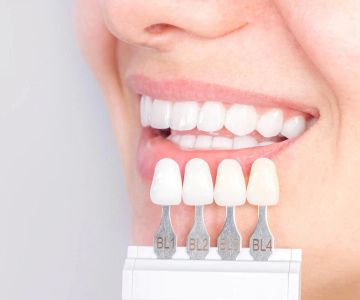

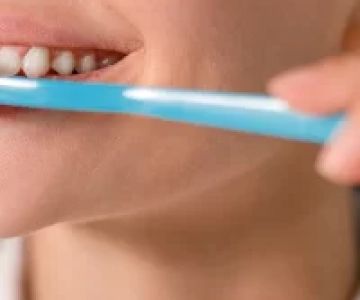
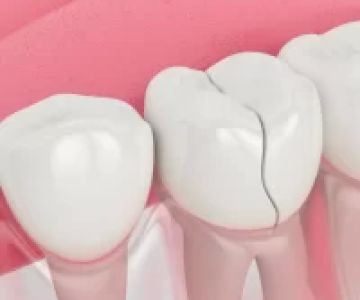
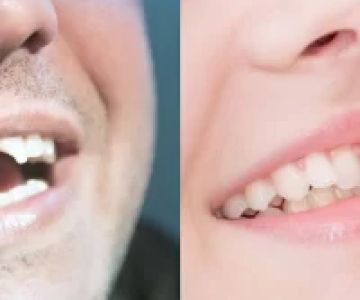
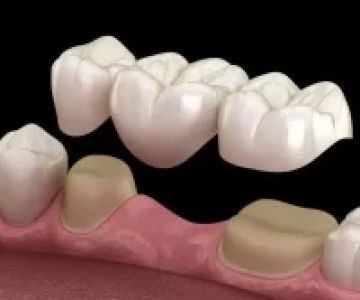
 Westgate Dental Arts
Westgate Dental Arts Coventry Family Dental
Coventry Family Dental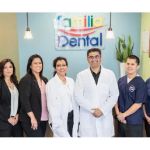 Familia Dental
Familia Dental Dr. Daniel S. Fife, DDS
Dr. Daniel S. Fife, DDS Dentistry At Suburban Square: Michael I. Wollock, DMD
Dentistry At Suburban Square: Michael I. Wollock, DMD Comfort Care Dental
Comfort Care Dental The Importance of Oral Health Education During Pregnancy for a Healthy Pregnancy
The Importance of Oral Health Education During Pregnancy for a Healthy Pregnancy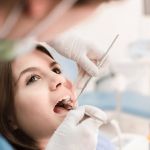 Why Skipping Dental Checkups Can Lead to Bigger Oral Health Problems
Why Skipping Dental Checkups Can Lead to Bigger Oral Health Problems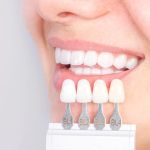 Advantages of Porcelain Dental Restorations
Advantages of Porcelain Dental Restorations Best Tips for Brushing Your Teeth Properly for Healthy Gums: Essential Techniques for Oral Health
Best Tips for Brushing Your Teeth Properly for Healthy Gums: Essential Techniques for Oral Health How Can Diabetes Cause Tooth and Gum Problems? Preventing and Managing Oral Health Issues
How Can Diabetes Cause Tooth and Gum Problems? Preventing and Managing Oral Health Issues Healthy Habits for Promoting Good Oral Health and Hygiene: Tips for a Healthy Smile
Healthy Habits for Promoting Good Oral Health and Hygiene: Tips for a Healthy Smile